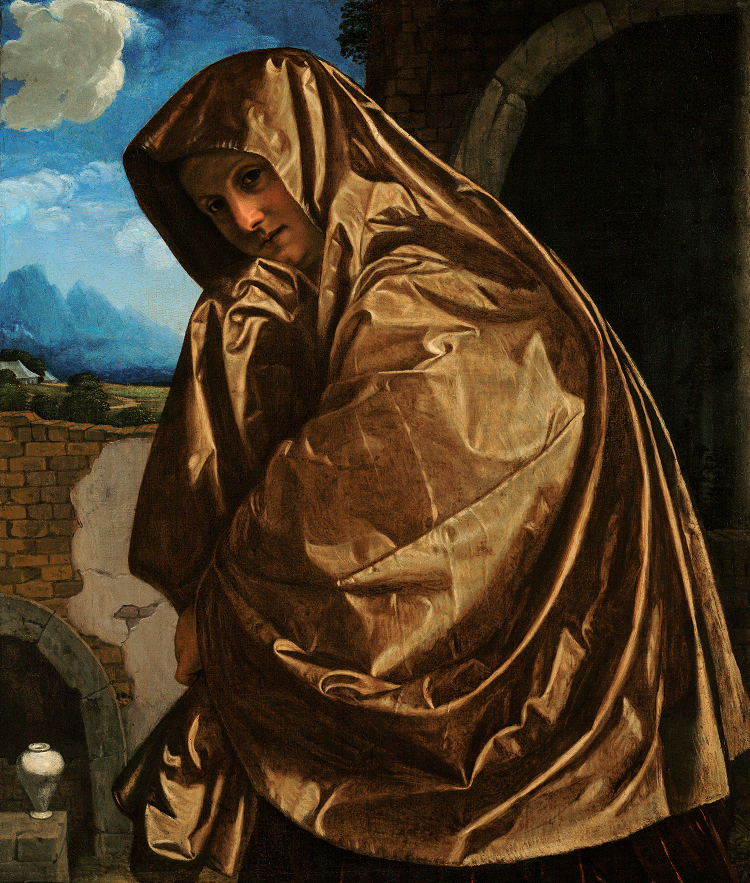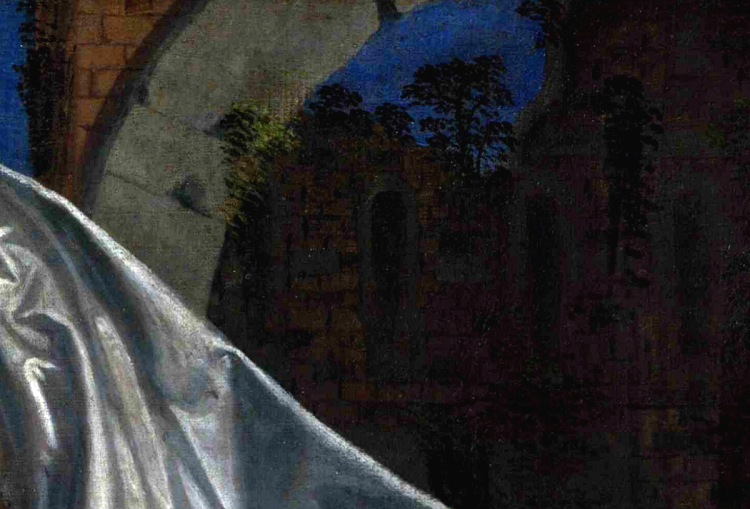 |
| The version in the National Gallery, London. |
It wasn't an unusual practice at the time for an artist - or his studio - to paint more than one copy of a composition, and Savoldo painted at least four versions of his elegant figure of Saint Mary Magdalene. There may have been a fifth version as well; an engraving from the eighteenth century shows a variant, most similar to the Gemäldegalerie and Getty versions.




*
Giovanni Girolamo (or Gerolamo) Savoldo, also called Girolamo da Brescia(no) (circa1480-1485 – after 1548), painter of the Italian High Renaissance, active mostly in Venice. Often said to be born in Brescia, it is perhaps more likely that the second version of his name only signifies his family's origins. Little is known about his early years, but by 1506 he was in Parma. Two years later he had joined the Florentine painter’s guild, and by 1521 he had relocated to Venice where he spent his most productive years. He may also have spent some years of his life in Milan, and is known to have made paintings for the Milanese duke Francesco II Sforza and the Milanese nobility. He had a Dutch wife and is known to have had students in Venice, including Paolo Pino. The actual date of his death is not known; in 1548 he was mentioned as still living in Venice, though "
vecchione" - very old. His extant oeuvre includes only about forty paintings - six of them portraits - and a handful of drawings. Highly regarded in his own lifetime, after his death he was almost entirely forgotten for three centuries, many of his works being assigned to more famous artists, especially Giorgione. His rediscovery only began in the mid-nineteenth century.



 |
| The Berlin version - perhaps the first - is the only one signed and the only one without the jar at lower left. |
I find it so interesting that, though the composition, pose, and likeness are all similar in the four paintings, the beautiful drapery is completely redrawn from one to the next.



























No comments:
Post a Comment